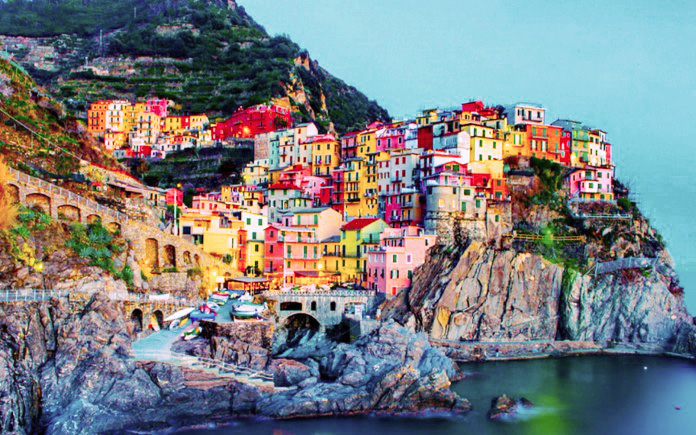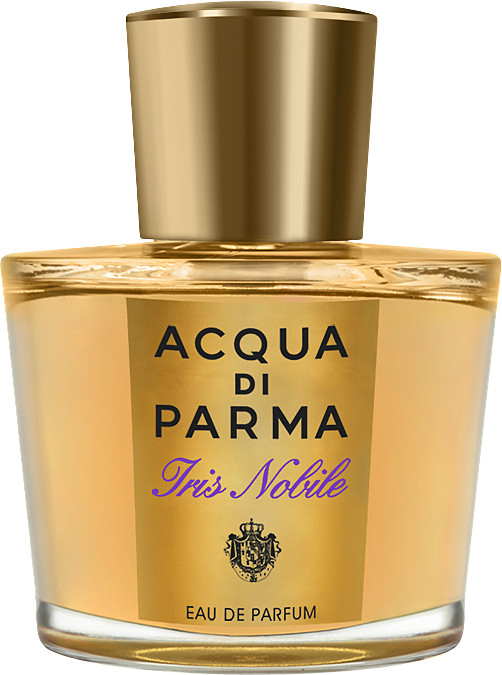One of the most historic places to visit along the Ligurian coastline is the Abbey dedicated to St. Fructuosus. Martyred in 259 AD, according to tradition, Fruttuoso appeared in the dreams of five monks, instructing them where to bury his mortal remains – which rest to this day inside the church. In 711, a small church was built to protect the sacred remains of the saint. In the 10th century, the Abbey was built and renovated numerous times until the 16th century.
Tucked away in a tiny, pristine bay between Camogli and Portofino, the Abbey surrounded by lush vegetation and situated beneath a steep and wooded hill. There are no roads to access the site, so the Publisher’s Tour group chose the more dignified sea route to arrive rather than the hiking trail. Taking a boat from Portofino, the group arrived at the shores to explore the medieval structure. The Abbey has a fascinating and rich history, emerging from its centuries as a monastery to becoming a pirate’s den. It has also been a humble fisherman home, but later became the residence of the Princess of Doria.
In 1275, the complex passed into the hands of the Doria family, which expanded it into a two story building facing out to sea. The family was granted the right to bury their dead in the crypt and tombs dating from 1275 to 1305 can be seen to this day. In 1562, Andrea Doria built a quadrangular fortress tower as protection against possible pirate assaults. Today, the tower still carries his name and can be reached by following the steep staircase that links the Abbey and the small fishing village.
Centuries ago, the stone arches that form the base of the monastery were used by the fishermen to shelter their boats. Within the arches there is a steep staircase carved in stone that leads upward to the entrance to the museum. Visitors pass through seven sections of the Abbey on three levels, observing artifacts from its long history, the austere church and the fascinating lower cloister containing the crypts. One of the most curious sights near the Abbey is the underwater statue “Christ of the Abyss.” It was installed in the sea off San Fruttuoso in 1954, at a depth of 56 feet. The statue was placed near the spot where Dario Gonzatti, the first Italian to use SCUBA gear, died in 1947. It depicts Christ offering a benediction of peace, with his head and hands raised skyward.
The Cinque Terre
From its ‘home base’ at the Grand Hotel Miramare in Santa Margherita Ligure, the Publisher’s Tour group headed southwest to visit the famous Cinque Terre, five perilously-perched villages along a stretch of cliffs in Liguria. In recent years, the area has become enormously popular, especially with hikers, but this had little impact on the natural beauty of the landscape and charm of the fishing villages.
The Cinque Terre stretch of coastline is not only a National Park and a Protected Marine Area, it is included in the UNESCO World Heritage list. Restaurants, bars and hotels all have an endearingly quaintness about them. The hills are rugged and the beaches are rocky, but the picturesque setting draws tourists from all over the world.
The tour group approached from the northern part of the area. The villages from north to south are Monterosso al Mare, Vernazza, Corniglia, Manarola and Riomaggiore. Monterosso al Mare has long been a seaside resort. It has the most extensive beaches and draws the greatest number of visitors to the Cinque Terre. The next village, Vernazza, is an extremely charming fishing port, with colorful houses snuggling its small harbor, while up the slopes is the fortified Castello Doria tower. The small piazza by the harbor is lined with wonderful restaurants and bars with a casual and jovial atmosphere.
Corniglia is the only village of the Cinque Terre to be perched above sea level. It is quite a hike, but visitors are rewarded with a delightful scene of brightly painted houses and roofs that seem to cling to the hills. The narrow alleys are often buzzing with activity in the small stores and cafes, but heading to one of the terraces in the village affords incredible panoramic views, where the houses give way to steep cultivated terraces above the sea. The next village to the south is Manarola. Pleasant and peaceful, it has a more modern air about it than its neighbors. There are bars and restaurants overlooking the sea and a tiny, but pretty park at the beginning of the footpath from Corniglia. It is a good place to sit and relax after your hike down the steep hillside path.
Riomaggiore, the fifth village of the Cinque Terre is famous for its pedestrian tunnel that runs alongside the railway towards the heart of this pretty town and its harbor. Tall houses march all the way from the sea up the hill, painted in various pastels, but almost all having green shutters. There are plenty of restaurants, cafes and wine bars to satisfy all tastes. After visiting each of the five villages, it was then back to the Miramare Hotel for a special Publisher’s Tour dinner.
CAPTION
MIKE ATIYEH and PHIL GERON examine the 700-year-old tombs of the Doria Family in the Abbey of San Fruttuoso





